c-RET
The c-RET proto-oncogene, which was originally identified as a transforming gene by transfection of T-cell lymphoma DNA into NIH3T3 cells, is a member of the receptor tyrosine kinase (RTK) gene superfamily that encodes a receptor tyrosine kinase involved in the regulation of glial cell line-derived neurotrophic factor (GDNF) signaling. Signaling proteins, such as Grb7/Grb10, PLCγ, Shc/Enigma and Grb2, are recruited by activated c-RET protein through binding to the phosphorylated tyrosine residues in c-RET protein’s COOH-terminal sequence, Y905, Y1015, Y1062 and Y1096 respectively. Moreover, results of in vivo studies suggest mutations of c-RET have been implicated in tumorigenesis, in which c-RET mRNA and/or protein have been found in tumors of neuroectodermal origin as well as in human neuroblastoma cell lines.
-
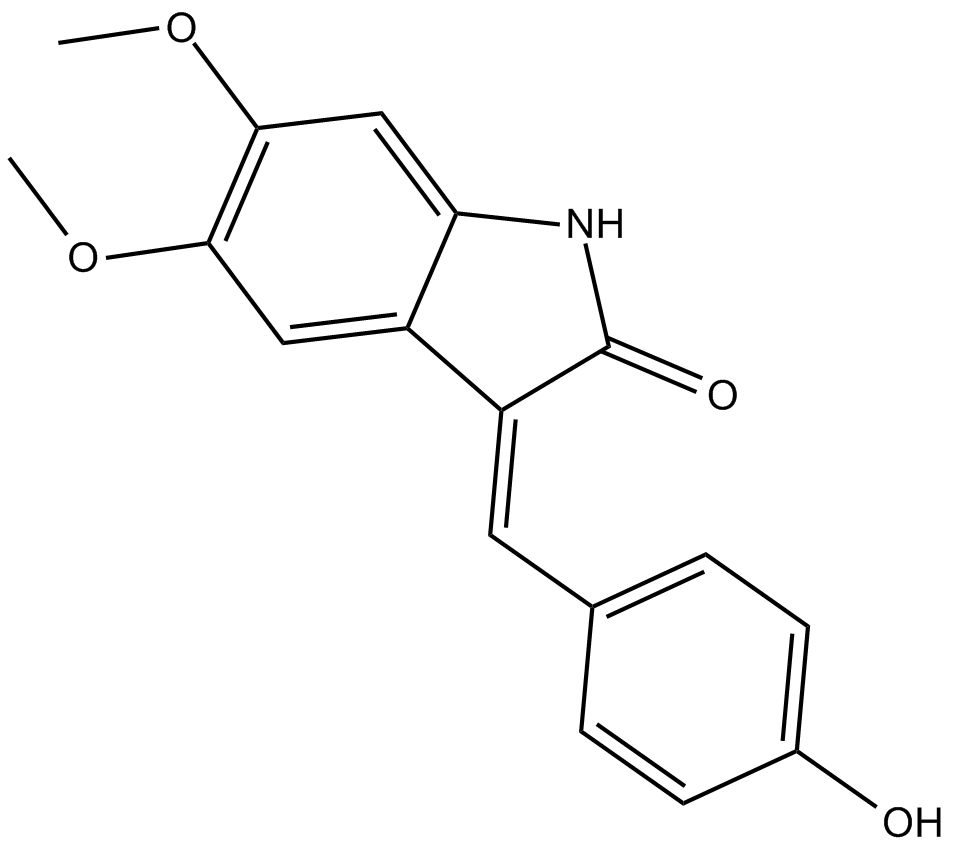 C4239 RPI-1Summary: ATP依赖性RET激酶抑制剂
C4239 RPI-1Summary: ATP依赖性RET激酶抑制剂 -
 C3080 AD57 (hydrochloride)Summary: 抑制RET的多药理学癌症治疗剂
C3080 AD57 (hydrochloride)Summary: 抑制RET的多药理学癌症治疗剂 -
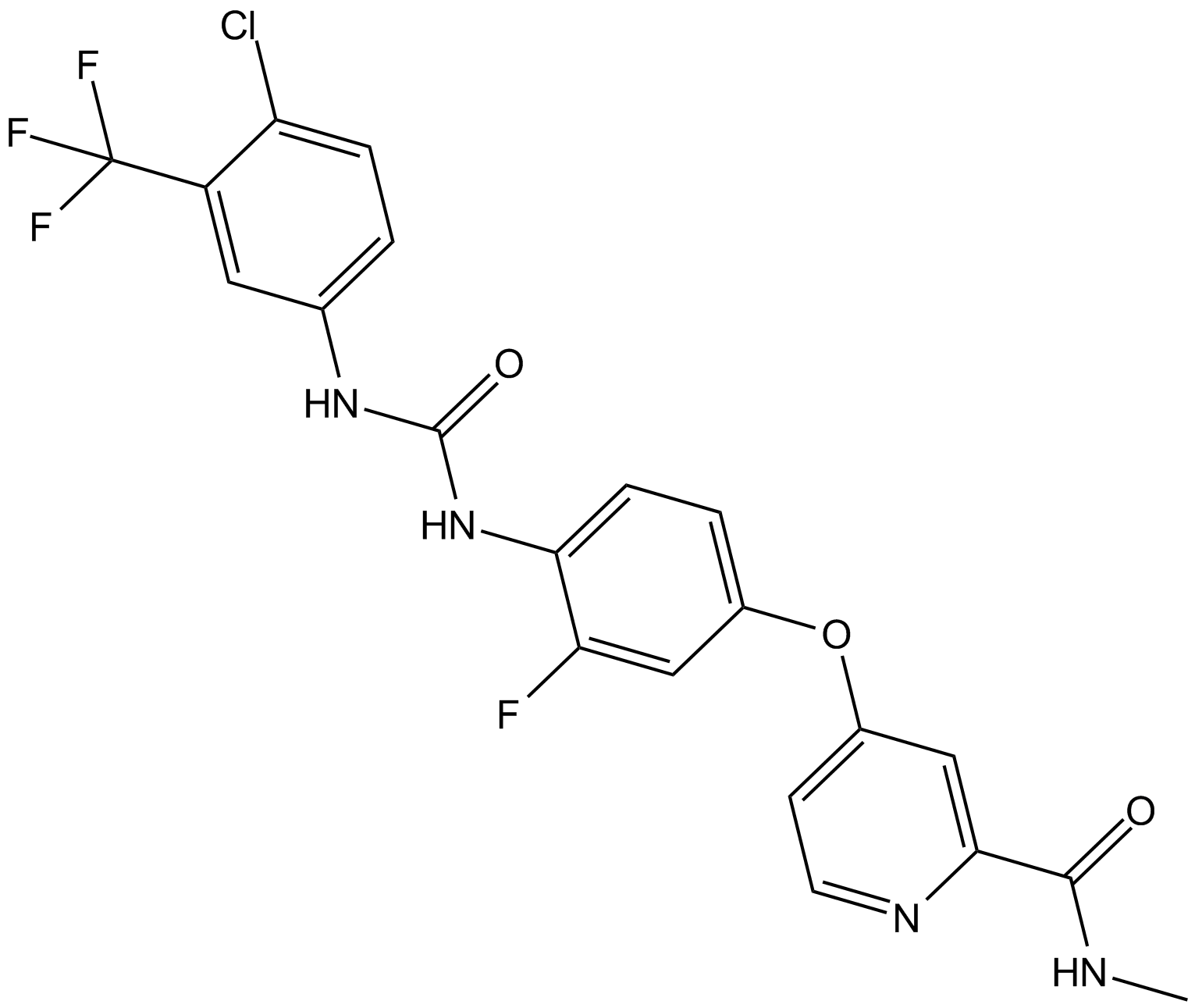 A8236 Regorafenib4 Citation中文名: 瑞戈非尼Target: Raf|VEGFR|PDGFR|c-Kit|RETSummary: VEGFR/PDGFR/FGFR/mutant Kit/RET/Raf-1抑制剂
A8236 Regorafenib4 Citation中文名: 瑞戈非尼Target: Raf|VEGFR|PDGFR|c-Kit|RETSummary: VEGFR/PDGFR/FGFR/mutant Kit/RET/Raf-1抑制剂 -
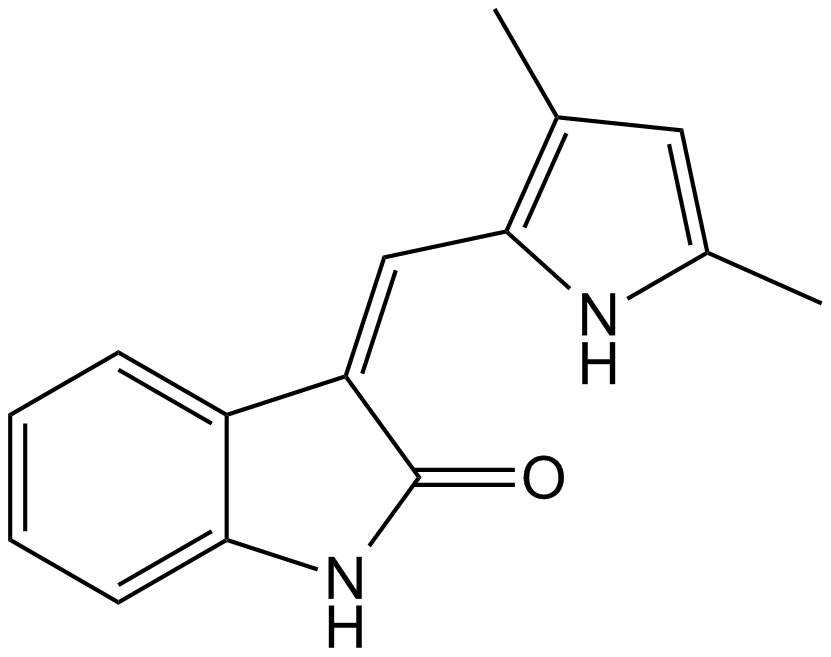 A3847 SU5416中文名: 司马沙尼Target: VEGFRSummary: VEGF受体抑制剂和AHR激动剂
A3847 SU5416中文名: 司马沙尼Target: VEGFRSummary: VEGF受体抑制剂和AHR激动剂 -
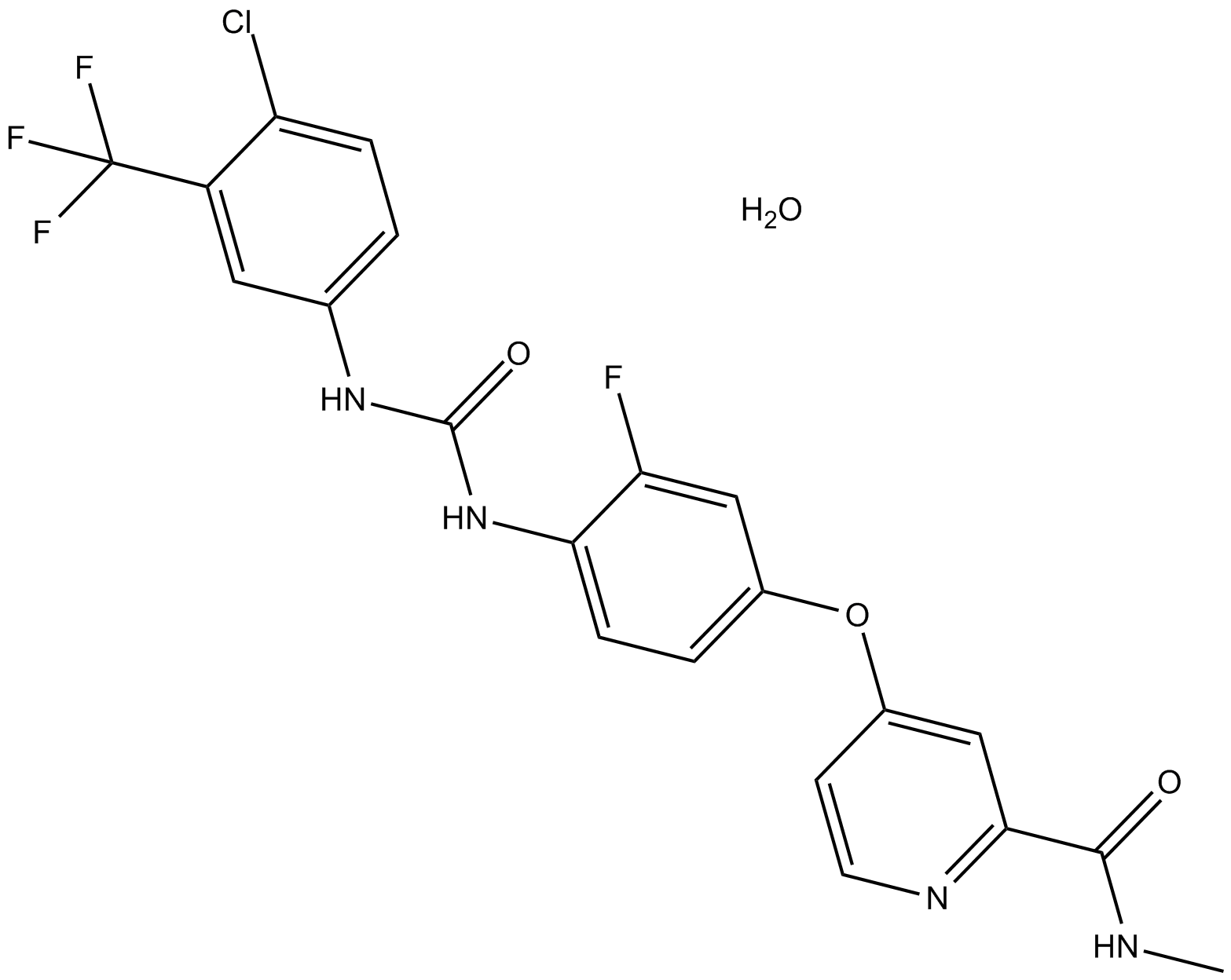 A3751 Regorafenib monohydrate中文名: 瑞格非尼一水合物Summary: 酪氨酸激酶抑制剂
A3751 Regorafenib monohydrate中文名: 瑞格非尼一水合物Summary: 酪氨酸激酶抑制剂 -
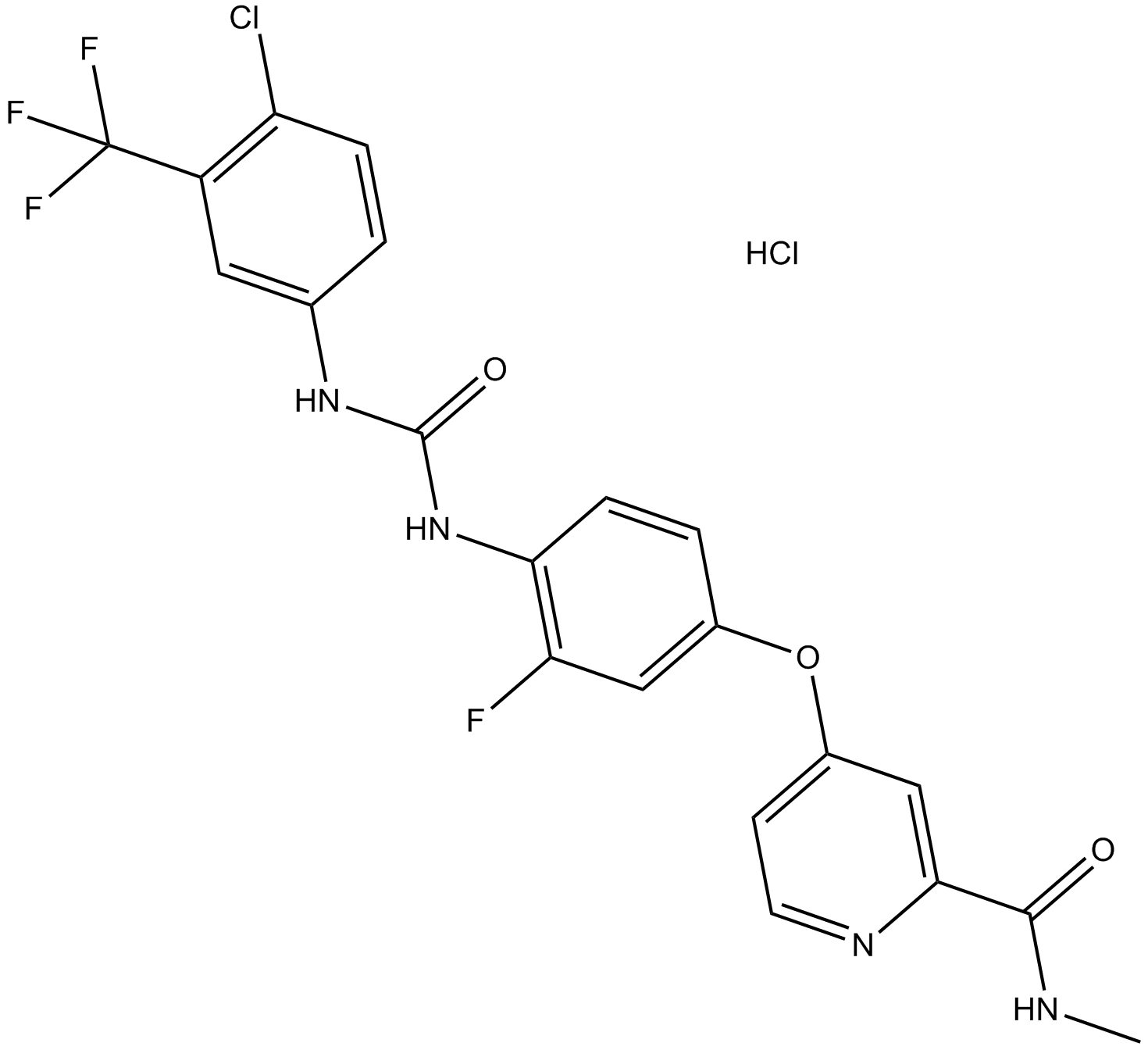 A3750 Regorafenib hydrochloride中文名: 瑞戈非尼盐酸盐Target: Raf|VEGFR|PDGFR|c-Kit|c-RETSummary: 酪氨酸激酶抑制剂
A3750 Regorafenib hydrochloride中文名: 瑞戈非尼盐酸盐Target: Raf|VEGFR|PDGFR|c-Kit|c-RETSummary: 酪氨酸激酶抑制剂 -
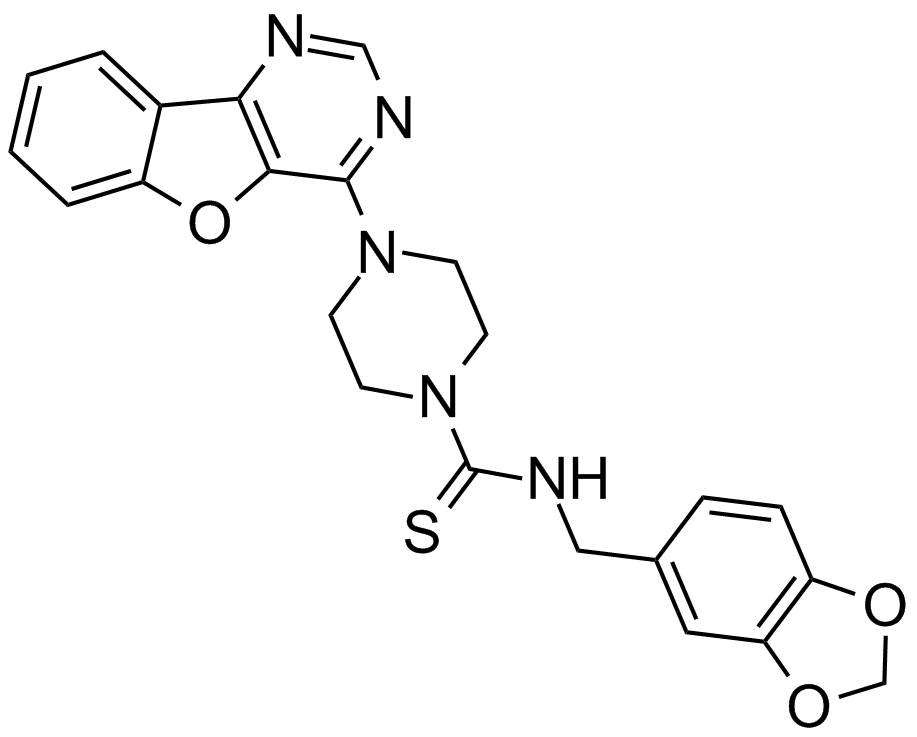 A4237 Amuvatinib (MP-470, HPK 56)Summary: 酪氨酸激酶抑制剂
A4237 Amuvatinib (MP-470, HPK 56)Summary: 酪氨酸激酶抑制剂 -
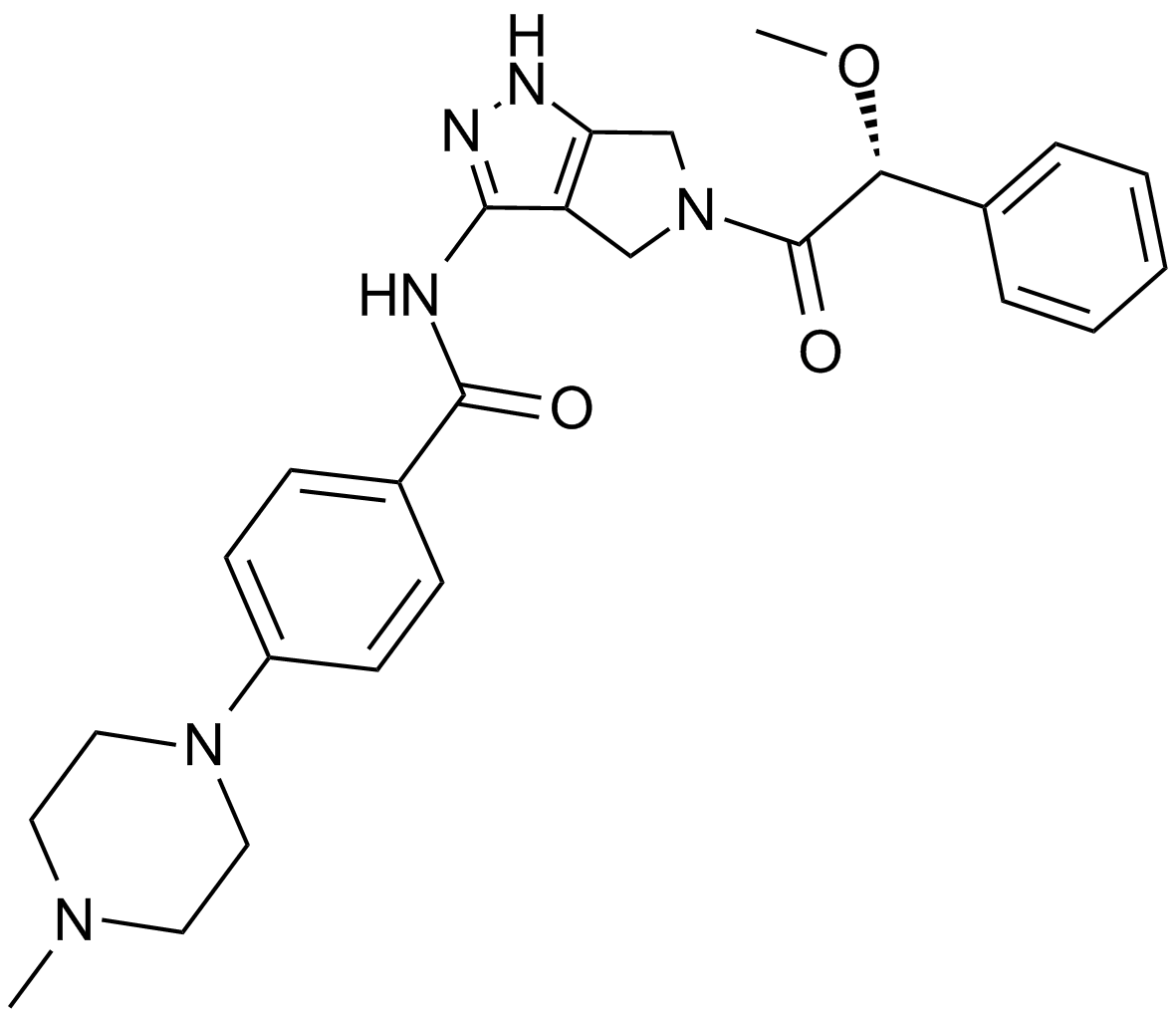 A4116 Danusertib (PHA-739358)2 Citation中文名: 达鲁舍替Target: Aurora KinasesSummary: Aurora kinase(极光激酶)抑制剂
A4116 Danusertib (PHA-739358)2 Citation中文名: 达鲁舍替Target: Aurora KinasesSummary: Aurora kinase(极光激酶)抑制剂 -
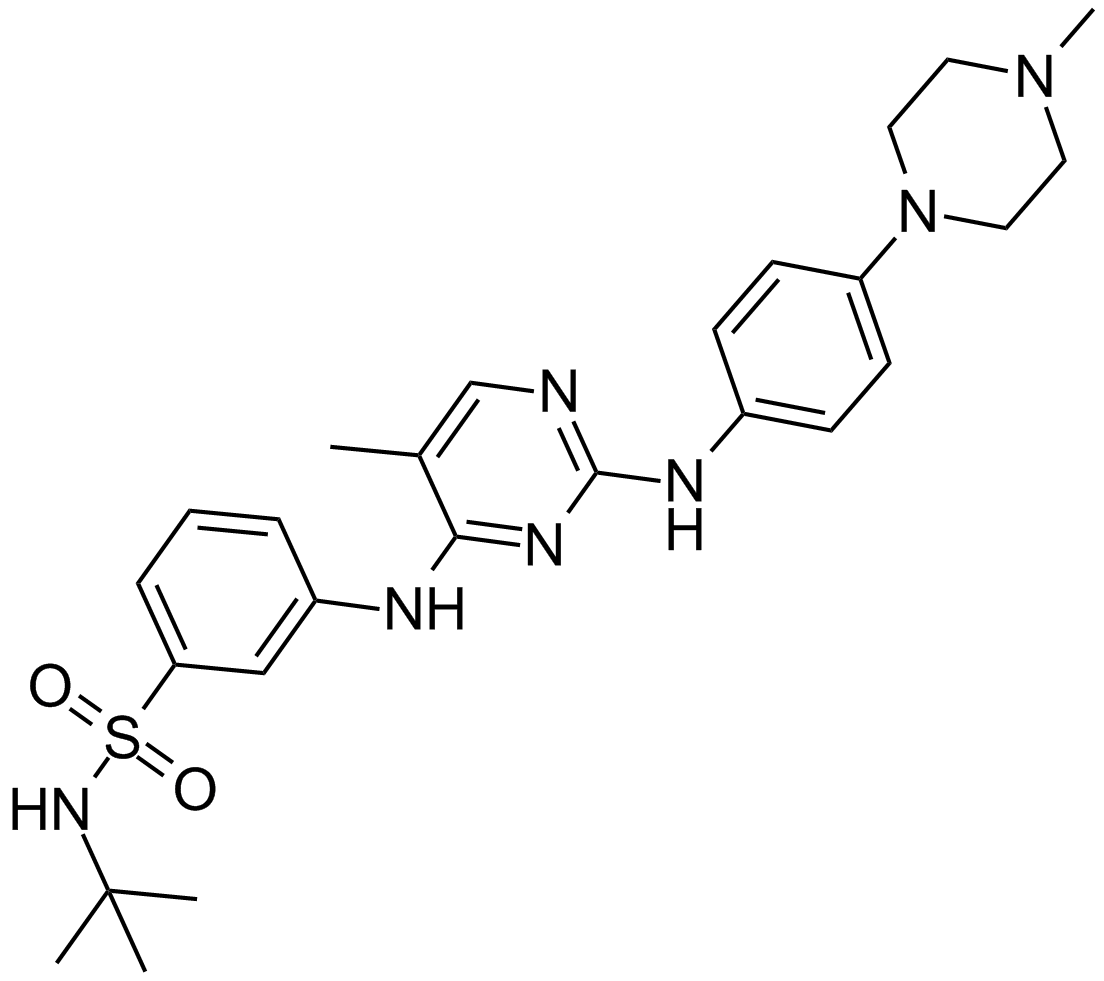 A4145 TG101209Summary: JAK2/3抑制剂
A4145 TG101209Summary: JAK2/3抑制剂

